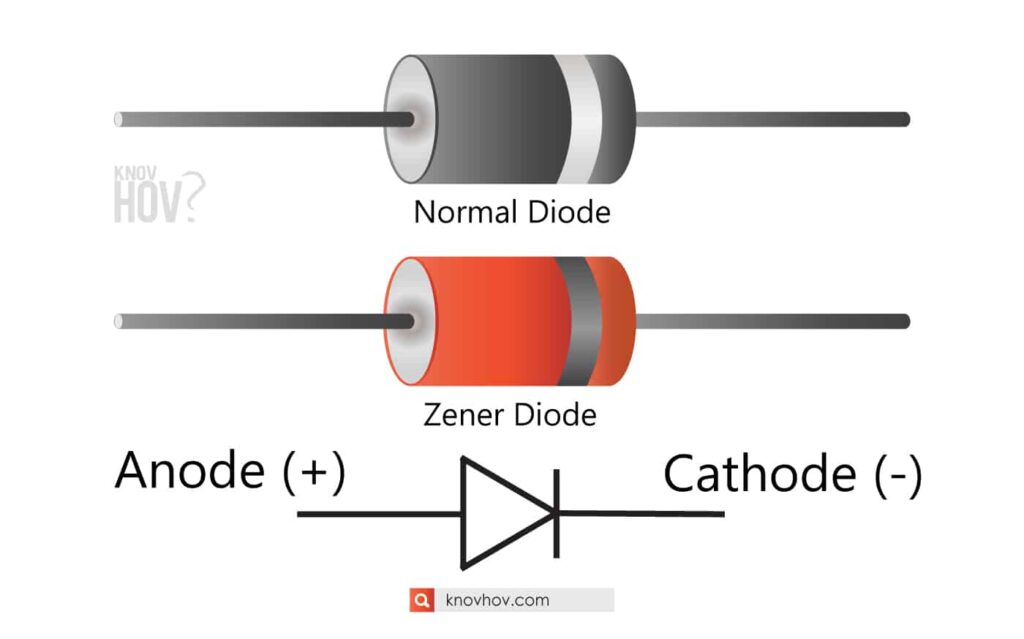
#DIODE CATHODE ANODE INSTALL#
I'm hoping to install some LED lights in one of my hotwheels cars. I'm watching some youtube videos as a complete noob to electronics (haven't touched circuits since highschool which is like 10+ years ago. Hi all, sorry if this is the wrong place. At this point I'm going to de-solder the powe Those connect to the potentiometer board but will need to be removed so the control board can be placed in a different orientation. Also note the two black socket connectors at the top of the board near the power supply. I'll re-use most of those to make connecting the controls easier, but I will have to remove the one that goes to the switch/led board. Most of the satellite boards are connected to the main board with those snap-in connectors. Note the two screws holding it in place at the bottom.Īlso need to remove this ground screw before you can lift out the main board. I ended up using only the main board and the board with the three main potentiometers.

Turns out there are 5 circuit boards inside: a main board and four satellite boards containing the controls and I/O. Okay so first things first, I had to open it up and see what I was working with. Here's the finished pedal for folks who aren't interested in the process: I made my goal to fit this into a Hammond 1590BBS, which at 1.5" tall is much closer to the other pedals on my board. I've seen a few re-housed DE7s online, but they are all in pretty large enclosures (like 2 inches tall). I didn't find a lot of information about this particular project online so I decided to (mostly) document my work and share it here in case any other DE7 fans want to do something similar. When the switch on mine started to fail recently I planned to replace it and thought it might be fun to re-house the pedal into a more attractive case. When I bought mine ten or so years ago they could be found for like 25 to 40 bucks, but now they tend to be a little more pricey. The Ibanez DE7 is one of my all-time favorite delays.
#DIODE CATHODE ANODE HOW TO#
How to Find Anode and Cathode in Diode using Analog Multimeter

Diodes induce very high resistance when they are reverse biased.



 0 kommentar(er)
0 kommentar(er)
